National Environmental Management.
Air Quality Act 39 Of 2004 – South Africa.
(Gazette No. 27318, Notice No. 163. Commencement date: 11 September 2005 – save for sections 21, 22, 36 to 49, 51(1)(e), 51(1)(f), 51(3), 60 and 61 [Government Notice R898, Gazette No. 28016]
LIST OF ACTIVITIES WHICH RESULT IN ATMOSPHERIC EMISSIONS WHICH HAVE OR MAY HAVE A SIGNIFICANT DETRIMENTAL EFFECT ON THE ENVIRONMENT, INCLUDING HEALTH, SOCIAL CONDITIONS, ECONOMIC CONDITIONS, ECOLOGICAL CONDITIONS OR CULTURAL HERITAGE
Published under Government Notice 893 in Government Gazette 37054 dated 22 November 2013. Commencement date: 22 November 2013
I, Bomo Edith Edna Molewa, Minister of Water and Environmental Affairs, hereby amend the list of activities which result in atmospheric emissions which have or may have a significant detrimental effect on the environment, including health, social conditions, economic conditions, ecological conditions or cultural heritage published under Government Notice No, 248, Gazette No. 33064 dated 31 March 2010, in terms of section 21(1)(b) of the National Environmental Management: Air Quality Act, 2004 (Act No. 39 of 2004), set out in the Schedule hereto.
BOMO EDITH EDNA MOLEWA
MINISTER OF WATER AND ENVIRONMENTAL AFFAIRS
Part 1 – Definitions
In this Notice a word or expression to which a meaning has been assigned in this Act has that meaning and, unless the context otherwise indicates: –
“Act” means the National Environmental Management: Air Quality Act, 2004 (Act No.39 of 2004).
“alternative fuels and resources” means general and hazardous wastes which are used to substitute conventional or primary fossil fuels and/or virgin raw materials in cement kilns and other industrial thermal processes.
“atmospheric emission license” means an atmospheric emission license contemplated in Chapter 5 of this Act.
“biomass” means non-fossilised and biodegradable organic material originating from plants, animals and micro-organisms excluding – (a) sewage; and (b) treated or coated wood waste which may contain halogenated organic compounds or heavy metals.
“bottom loading” means the transfer of compounds in a liquid state to a suitable vessel by filling from the bottom by means of bottom valve or from the top utilizing a transfer pipe extended to the bottom of the vessel.
“design capacity” means capacity as installed.
“existing plant” unless where specified, shall mean any plant or process that was legally authorized to operate before 01 April 2010 or any plant where an application for authorisation in terms of the National Environmental Management Act, 1998 (Act No.107 of 1998), was made before 01 April 2010.
“flare” means a combustion device that uses an open flame to burn combustible gases with combustion air provided by ambient air around the flame. Combustion may be steam or air assisted. Flares may be either continuous or intermittent. This term includes both ground and elevated flares.
“fugitive emissions” means emissions to the air from a facility for which an emission license has been issued, other than those emitted from a point source.
“incineration” means any method, technique or process to convert waste to flue gases and residues by means of oxidation.
“licensing authority” means an authority referred to in sections 36(1), (2), (3) or (4) responsible for implementing the licensing system set out in chapter 5 of this act.
“listed activities” includes the singular.
“new plant” unless where specified, shall mean any plant or process where the application for authorisation in terms of the National Environmental Management Act 1998, (Act No.107 of 1998), was made on or after 01 April 2010.
“normal operating condition” means any condition that constitutes operation as designed.
“non-thermal treatment of volatile organic compounds” means the removal of volatile organic compounds through non-combustion processes including but not limited to cryogenic cooling, scrubbing and vapour recovery.
“oxides of nitrogen (NOx)” means the sum of nitrogen oxide (NO) and nitrogen dioxide (NO2) expressed as nitrogen dioxide (NO2)
“particulate matter (PM)” means total particulate matter, that is the solid matter contained in the gas stream in the solid state as well as the insoluble and soluble solid matter contained in entrained droplets in the gas stream, as measured by the appropriate method listed in Annexure A.
“petrochemicals” means ethylene and its polymers, ethylene oxide, ethylene glycol, glycol ethers, ethoxylates, vinyl acetate, 1,2-dichloroethane, trichloroethylene, tetrachloroethylene, vinyl chloride, propylene, propyl alcohols, acrylonitrile, propylene oxide, isomers of butylene, butyl ethers, butadienes, polyolefins and alpha-olefins, all alcohols (except those produced during the production of beverages), acrylic acid, allyl chloride, epichlorohydrin, benzene and alkylbenzenes, toluene, o-, m- and p-xylene, ethylbenzene, styrene, cumene, phenols, acetone, cyclohexane, adipic acid, nitrobenzene, chlorobenzene, aniline, methylene diphenyl diisocyanate (mdi), toluene di-isocyanate or other di-isocynates of comparable volatility, benzoic acid.
“point source” means a single identifiable source and fixed location of atmospheric emission, and includes smoke stacks and residential chimneys.
“point of compliance” means any point within the off gas line, where a sample can be taken, from the last vessel closest to the point source of an individual listed activity to the open-end of the point source or in the case of a combinations of listed activities sharing a common point source, any point from the last vessel closest to the point source up to the point within the point source prior to the combination/interference from another Listed Activity.
“pyrolysis” means the decomposition of a material by heat in the absence of oxygen.
“SANAS” means the South African National Accreditation System established by Section 3 of the Accreditation for Conformity Assessment, Calibration and Good Laboratory Practice Act, 2006 (Act No. 19 of 2006).
“sulphur recovery plant” means a unit that processes sulphur containing gags obtained from the processing of crude mineral oil or the coking or gasification of coal and produces a final product of sulphur containing compounds.
“thermal treatment” means incineration, co-processing and other high temperature treatment of hazardous and general waste.
“thermal treatment of volatile organic compounds” means the destruction of volatile organic compounds through combustion processes.
“total volatile organic compounds” means organic compounds listed under US- EPA Compendium Method TO -14.
“upset conditions” means any temporary failure of air pollution control equipment or process equipment or failure of a process to operate in a normal or usual manner that leads to an emission standard being exceeded.
Part 2 – General
Applicability of the Notice
- Minimum emission standards as contained in this Notice shall apply to both permanently operated plants and for experimental (pilot) plants with a design capacity equivalent to the one of a listed
- Minimum emission standards are applicable under normal operating
- Should normal start-up, maintenance, upset and shut-down conditions exceed a period of 48 hours, Section 30 of the National Environmental Management, 1998 (Act No. 107 of 1998), shall apply unless otherwise specified by the Licensing
Averaging Period
- Unless where otherwise specified, minimum emission standards are expressed on a daily average basis, under normal conditions of 273 K, 101.3 kPa, specific oxygen percentage and dry
Emission measurement
- The manner in which measurements of minimum emissions standards, as required by Section 21(3)(a)(ii) of this Act, shall be carried out must be in accordance with the standard sampling and analysis methods listed in Annexure A of this Notice.
- Methods other than those contained in Annexure A may be used with the written consent of the National Air Quality
- In seeking the written consent referred to in paragraph (6), an applicant must provide the National Air Quality Officer with any information that supports the equivalence of the method other than that contained in Annexure A to a method contained in Annexure
Compliance time frames
- New plant must comply with the new plant minimum emission standards as contained in Part 3 from 01 April
- Existing plant must comply with minimum emission standards for existing plant as contained in Part 3 by 01 April 2015, unless where
- Existing plant must comply with minimum emission standards for new plant as contained in Part 3 by 01 April 2020, unless where
Postponement of compliance time frames
- As contemplated in the National Framework for Air Quality Management in the Republic of South Africa, published in terms of Section 7 of this Act, an application may be made to the National Air Quality Officer for the postponement of the compliance time frames in paragraphs (9) and (10) for an existing
- The application contemplated in paragraph (11) must include-
- An air pollution impact assessment compiled in accordance with the regulations prescribing the format of an Atmospheric Impact Report (as contemplated in Section 30 of the AQA), by a person registered as a professional engineer or as a professional natural scientist in the appropriate category;
- a detailed justification and reasons for the application; and
- a concluded public participation process undertaken as specified in the NEMA Environmental Impact Assessment
- The National Air Quality Officer, with the concurrence of the Licensing Authority as contemplated in Section 36 of this Act, may grant a postponement of the compliance time frames in paragraphs (9) and
(10) for an existing plant for a period, not exceeding 5 years per postponement.
- The National Air Quality Officer, with the concurrence of the Licensing Authority, may –
- from time to time review any postponement granted in terms of paragraph (13) should ambient air quality conditions in the affected area of the plant not conform to ambient air quality standards; and
- on good grounds, withdraw any postponement following –
- representations from the affected plant; and
- representations from the affected
Compliance monitoring
- Where continuous emission monitoring is required for a listed activity –
- the averaging period for the purposes of compliance monitoring shall be expressed on a daily average basis or as prescribed in the Atmospheric Emission
- the emission monitoring system must be maintained to yield a minimum of 80% valid hourly average values during the reporting
- the emission monitoring system must be maintained and calibrated as per the original equipment manufacturers’
- continuous emission monitoring systems must be audited by a SANAS accredited laboratory at least once every two (2)
- Where periodic emission monitoring is required for a listed activity –
- the averaging period for the purposes of compliance monitoring shall be expressed on a hourly average basis or as prescribed in the Atmospheric Emission
- emission measurement will be conducted in accordance with paragraphs (5); (6); and (7) of this
- measurements shall take place on, at least, an annual basis unless otherwise prescribed in the Atmospheric Emission
- sampling will take place under normal operating conditions using the permitted feed-stock or raw
- all tests will be conducted by SANAS accredited laboratories or laboratories accredited by similar foreign
Reporting Requirements
- Notwithstanding the compliance time frames established in terms of paragraphs (8); (9); and (10), the Atmospheric Emission License holder shall submit an emission report in the form specified by the National Air Quality Officer to the Licensing Authority –
- within one (1) year of the date of publication of this Notice; and
- annually thereafter unless otherwise prescribed in the Atmospheric Emission
- The report contemplated in paragraph (17) shall include-
- The name, description and license reference number of the plant as reflected in the Atmospheric Emission
- Where periodic emission monitoring is required for a listed activity, the report contemplated in paragraph (17) shall further include –
- the name and address of the accredited measurement service-provider that carried out or verified the emission test, including the test report produced by the accredited measurement service-provider;
- the date and time on which the emission test was carried out;
- a declaration by the Atmospheric Emission License holder to the effect that normal operating conditions were maintained during the emission tests;
- the total volumetric flow of gas, expressed in normal cubic meters (Nm3) per unit time and mass flow (kg per unit time) being emitted by the listed activity or activities measured during the emission test, as the average of at least three (3) measurements;
- the concentration or mass of pollutant for which emissions standards have been set in this Notice emitted by listed activity or activities as the average of at least three (3) measurements; each measured over a minimum sample period of 60 minutes and a maximum of 8 hours to obtain a representative sample, and
- the method or combination of methods used for determining the flow rate and concentration as contemplated in paragraphs (5); (6); and (7).
- Where continuous emission monitoring is required for a listed activity, the report contemplated in paragraph (17) shall further include –
- results of the spot measurements or correlation tests carried out to verify the accuracy of the continuous emission measurements;
- the most recent correlation tests; and
- the availability of the system as contemplated in (15)(b) in terms of the number of full hours per annum that valid results were
- Following the compliance time frames established in terms of paragraphs (8); (9); and (10), an explanation of all instances where minimum emission standards were exceeded and remediation measures and associated implementation plans aimed at ensuring that the accidences do not re-occur.
- Any other relevant information as required by the National Air Quality Officer from time to
- In January 2014, the National Air Quality Officer will establish an internet-based National Atmospheric Emissions Inventory System. Once established, the reports contemplated in paragraph (17) must be made in the format required for the internet-based National Atmospheric Emissions Inventory
General special arrangement
- A fugitive emissions management plan must be included in the Atmospheric Emission Licenses for listed activities that are likely to generate such
Part 3 – Minimum Emission Standards
Subcategory 1.1: Solid Fuel Combustion Installations
Description: Solid fuels combustion installations used primarily for steam raising or electricity generation
Application: All installations with design capacity equal to or greater than 50 MW heat input per unit, based on the lower calorific value of the fuel used.
[ninja_tables id=”1955″]
- The following special arrangement shall apply
- Continuous emission monitoring of PM, SO2 and NOx is required, however, installations less than 100 MW heat input per unit must adhere to periodic emission monitoring as stipulated in Part 2 of this Notice.
- Where co-feeding with waste materials with calorific value allowed in terms of the Waste Disposal Standards published in terms of the Waste Act, 2008 (Act No.59 of 2008) occurs, additional requirements under subcategory 6 shall apply.
Subcategory 1.2: Liquid Fuel Combustion Installations
Description: Liquid fuels combustion installations used primarily for steam raising or electricity generation.
Application: All installations with design capacity equal to or greater than 50 MW heat input per unit, based on the lower calorific value of the fuel used.
[ninja_tables id=”1959″]
- The following special arrangement shall apply
- Reference conditions for gas turbines shall be 15% 02, 273K and 3kPa
-
Continuous emission monitoring of PM, SO2 and NOX is required, however, installations less than 100 MW heat input per unit must adhere to periodic emission monitoring as stipulated in Part 2 of this Notice.
-
Where co-feeding with waste materials with calorific value allowed in terms of the Waste Disposal Standards published in terms of the Waste Act, 2008 (Act No.59 of 2008) occurs, additional requirements under subcategory 6 shall apply.
-
Where co-feeding with waste materials with calorific value allowed in terms of the Waste Disposal Standards published in terms of the Waste Act, 2008 (Act No.59 of 2008) occurs, additional requirements under subcategory 6 shall apply.
Subcategory 1.3: Solid Biomass Combustion Installations
Description: Solid biomass fuel combustion installations used primarily for steam raising or electricity generation.
Application: All installations with design capacity equal to or greater than 50 MW heat input per unit, based on the lower calorific value of the fuel used.
[ninja_tables id=”1964″]
- The following special arrangement shall apply
- Continuous emission monitoring of PM, SO2 and NOX is required, however, installations less than 100 MW heat input per unit must adhere to periodic emission monitoring as stipulated in Part 2 of this Notice
- Where co-feeding with waste materials with calorific value allowed in terms of the Waste Disposal Standards published in terms of the Waste Act, 2008 (Act No.59 of 2008) occurs, additional requirements under subcategory 6 shall apply.
- Continuous emission monitoring of PM, SO2 and NOX is required, however, installations less than 100 MW heat input per unit must adhere to periodic emission monitoring as stipulated in Part 2 of this Notice
Subcategory 1.4: Gas Combustion Installations
- The following special arrangement shall apply
- Reference conditions for gas turbines shall be 15% 02, 273K and 3kPa.
- Where co-feeding with waste materials with calorific value allowed in terms of the Waste Disposal Standards published in terms of the Waste Act, 2008 (Act No.59 of 2008) occurs, additional requirements under subcategory 1.6 shall apply.
- Reference conditions for gas turbines shall be 15% 02, 273K and 3kPa.
Subcategory 1.5: Reciprocating Engines
Subcategory 1.6: Waste Co-feeding Combustion Installations
Subcategory 2.1: Combustion Installations
(a) The following special arrangements shall apply –
- No continuous flaring of hydrogen sulphide-rich gases shall be allowed.
- A bubble cap of all Combustion Installations and Catalytic Cracking Units shall be at 1.2 Kg SO2/ ton for existing plants.
- A bubble cap of all Combustion Installations and Catalytic Cracking Units shall be at 0.4 Kg SO2/ ton for new plants.
Subcategory 2.2: Catalytic Cracking Units
(a) The following special arrangements shall apply –
- A bubble cap of all Combustion Installations and Catalytic Cracking Units shall be at 1.2 Kg SO2/ ton for existing plants.
- A bubble cap of all Combustion Installations and Catalytic Cracking Units shall be at 0.4 Kg SO2/ ton for new plants.
Subcategory 2.3: Sulphur Recovery Units
(a) The following special arrangement shall apply –
Sulphur recovery units should achieve 95% recovery efficiency and availability of 99%.
Subcategory 2.4: Storage and Handling of Petroleum Products
- The following transitional arrangement shall apply for the storage and handling of raw materials, intermediate and final products with a vapour pressure greater than 14kPa at operating temperature: –
Leak detection and repair (LDAR) program approved by licensing authority to be instituted, by 01 January 2014. - The following special arrangements shall apply for control of TVOCs from storage of raw materials, intermediate and final products with a vapour pressure of up to 14kPa at operating temperature, except during loading and offloading. (Alternative control measures that can achieve the same or better results may be used) –
- Storage vessels for liquids shall be of the following type:
- The roof legs, slotted pipes and/or dipping well on floating roof tanks (except for domed floating roof tanks or internal floating roof tanks) shall have sleeves fitted to minimise emissions.
- Relief valves on pressurised storage should undergo periodic checks for internal leaks. This can be carried out using portable acoustic monitors or if venting to atmosphere with an accessible open end, tested with a hydrocarbon analyser as part of an LDAR programme.
3. The following special arrangements shall apply for control of TVOCs from the loading and unloading (excluding ships) of raw materials, intermediate and final products with a vapour pressure of greater than 14kPa at handling temperature. Alternative control measures that can achieve the same or better results may be used:
- All installations with a throughput of greater than 50’000 m3 per annum of products with a vapour pressure greater than 14 kPa, must be fitted with vapour recovery / destruction units. Emission limits are set out in the table below –
- For road tanker and rail car loading / offloading facilities where the throughput is less than 50’000 m3 per annum, and where ambient air quality is, or is likely to be impacted, all liquid products shall be loaded using bottom loading, or equivalent, with the venting pipe connected to a vapour balancing system. Where vapour balancing and / or bottom loading is not possible, a recovery system utilizing adsorption, absorption, condensation or incineration of the remaining VOC’s, with a collection efficiency of at least 95%, shall be fitted.
Subcategory 2.5: Industrial Fuel Oil Recyclers
- The following transitional arrangement shall apply for the storage and handling of raw materials, intermediate and final products with a vapour pressure greater than 14kPa at operating temperature: –
Leak detection and repair (LDAR) program approved by licensing authority to be instituted, by 01 January 2014. - The following special arrangements shall apply for control of TVOCs from storage of raw materials, intermediate and final products with a vapour pressure of up to 14kPa at operating temperature, except during loading and offloading. (Alternative control measures that can achieve the same or better results may be used) –
- Storage vessels for liquids shall be of the following type:
- The roof legs, slotted pipes and/or dipping well on floating roof tanks (except for domed floating roof tanks or internal floating roof tanks) shall have sleeves fitted to minimise emissions.
- Relief valves on pressurised storage should undergo periodic checks for internal leaks. This can be carried out using portable acoustic monitors or if venting to atmosphere with an accessible open end, tested with a hydrocarbon analyser as part of an LDAR programme.
- All installations with a throughput of greater than 50’000 m3 per annum of products with a vapour pressure greater than 14 kPa, must be fitted with vapour recovery / destruction units.
- For road tanker and rail car loading / offloading facilities where the throughput is less than 50’000 m3 per annum, and where ambient air quality is, or is likely to be impacted, all liquid products shall be loaded using bottom loading, or equivalent, with the venting pipe connected to a vapour balancing system. Where vapour balancing and / or bottom loading is not possible, a recovery system utilizing adsorption, absorption, condensation or incineration of the remaining VOC’s, with a collection efficiency of at least 95%, shall be fitted.
Subcategory 3.1: Combustion Installations
- The following special arrangements shall apply –
– Sulphur-containing compounds to be recovered from gases to be used for combustion with a recovery efficiency of not less than 90% or remaining content of inorganic sulphur-containing compounds to be less than 1000 mg/Nm3 measured as hydrogen sulphide, whichever is strictest.
– Where co-feeding with waste materials with calorific value allowed in terms of the Waste Disposal Standards published in terms of the Waste Act, 2008 (Act No.59 of 2008) occurs, additional requirements under subcategory 1.6 shall apply.
Subcategory 3.2: Coke Production
Subcategory 3.3: Tar Processes
- The following transitional arrangement shall apply for the storage and handling of raw materials, intermediate and final products with a vapour pressure greater than 14kPa at operating temperature: –
Leak detection and repair (LDAR) program approved by licensing authority to be instituted, by 01 January 2014. - The following special arrangements shall apply for control of TVOCs from storage of raw materials, intermediate and final products with a vapour pressure of up to 14kPa at operating temperature, except during loading and offloading. (Alternative control measures that can achieve the same or better results may be used) –
Storage vessels for liquids shall be of the following type:
The roof legs, slotted pipes and/or dipping well on floating roof tanks (except for domed floating roof tanks or internal floating roof tanks) shall have sleeves fitted to minimise emissions.
Relief valves on pressurised storage should undergo periodic checks for internal leaks. This can be carried out using portable acoustic monitors or if venting to atmosphere with an accessible open end, tested with a hydrocarbon analyser as part of an LDAR programme.
3. The following special arrangements shall apply for control of TVOCs from the loading and unloading (excluding ships) of raw materials, intermediate and final products with a vapour pressure of greater than 14kPa at handling temperature. Alternative control measures that can achieve the same or better results may be used:
– All installations with a throughput of greater than 50’000 m3 per annum of products with a vapour pressure greater than 14 kPa, must be fitted with vapour recovery / destruction units. Emission limits are set out in the table below:
– For road tanker and rail car loading / offloading facilities where the throughput is less than 50’000 m3 per annum, and where ambient air quality is, or is likely to be impacted, all liquid products shall be loaded using bottom loading, or equivalent, with the venting pipe connected to a vapour balancing system. Where vapour balancing and / or bottom loading is not possible, a recovery system utilizing adsorption, absorption, condensation or incineration of the remaining VOC’s, with a collection efficiency of at least 95%, shall be fitted.
Subcategory 3.4 Char, Charcoal and Carbon Black Production
Subcategory 3.5 Electrode Paste Production
Subcategory 3.6 Synthetic Gas Production and Cleanup
Subcategory 4.1: Drying and Calcining
Subcategory 4.2: Combustion Installations
The following special arrangements shall apply –
- Reference oxygen content appropriate to fuel type must be used.
- Where co-feeding with waste materials with calorific value allowed in terms of the Waste Disposal Standards published in terms of the Waste Act, 2008 (Act No.59 of 2008) occurs, additional requirements under subcategory 1.6 shall apply.
Subcategory 4.3: Primary Aluminium Production
Subcategory 4.4: Secondary Aluminium Production
Subcategory 4.5: Sinter Plants
Subcategory 4.6: Basic Oxygen Furnaces
The following special arrangement shall apply –
- Secondary fume capture installations shall be fitted to all new furnace installations.
Subcategory 4.7: Electric Arc Furnaces (Primary and Secondary)
The following special arrangement shall apply –
- Secondary fume capture installations shall be fitted to all new furnace installations.
Subcategory 4.8: Blast Furnaces
The following special arrangement shall apply –
- Secondary fume capture installations shall be fitted to all new furnace installations.

